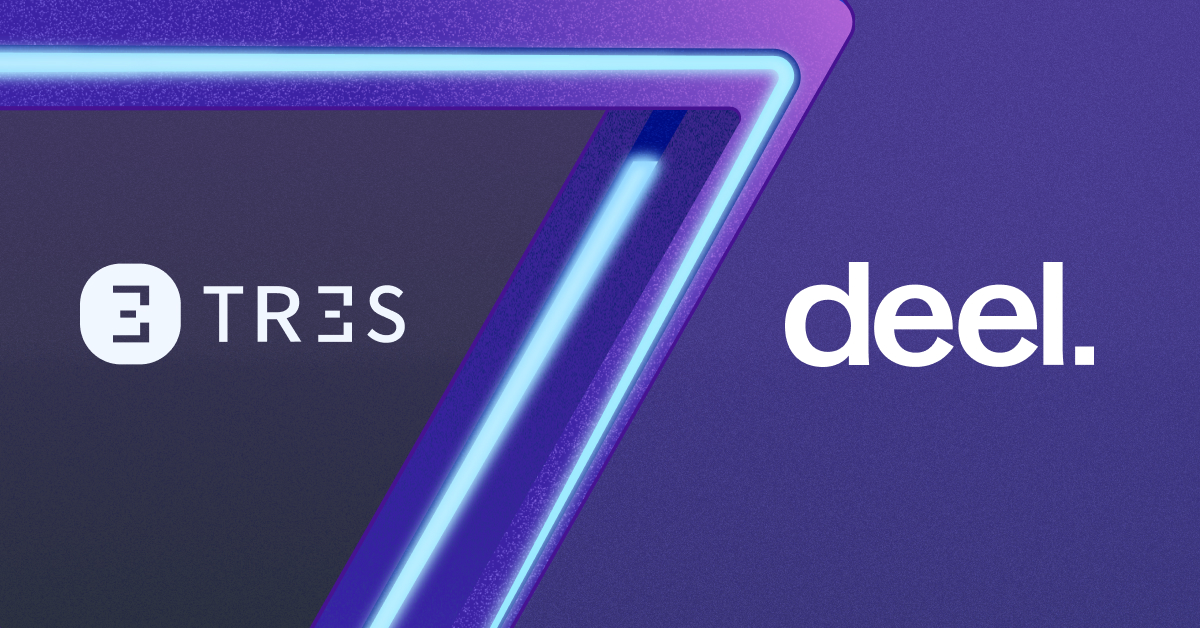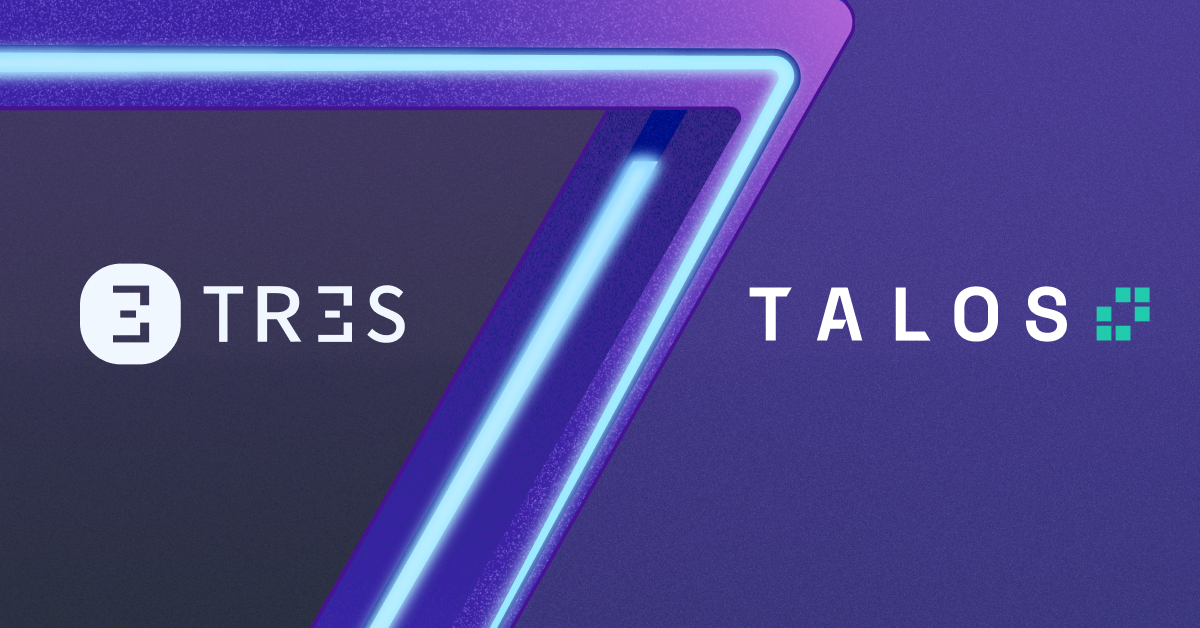The digital landscape is undergoing a fundamental shift, and business leaders across industries are grappling with a critical question: how do we transition from traditional centralized systems to the decentralized world of Web3? It’s not just about staying current with technology trends—it’s about positioning your organization for the next wave of digital innovation that promises to reshape how we conduct business, manage data, and interact with customers.
Picture this scenario: Your company’s supply chain currently relies on multiple intermediaries, each maintaining separate records and charging fees for verification. Now imagine a system where every transaction is automatically recorded on an immutable ledger, visible to all authorized parties, with smart contracts handling payments and compliance checks without human intervention. This isn’t a futuristic dream—over 560 million global crypto owners and growing daily blockchain gaming users are already participating in this new economy[1].
The transition to Web3 represents more than a technological upgrade; it’s a strategic business transformation that requires careful planning, phased implementation, and a clear understanding of the timeline involved. This guide provides a structured roadmap for businesses ready to embrace Web3 technologies, breaking down the essential milestones and tasks required for a successful transition over a manageable timeframe.
Understanding Web3: The Foundation
Before diving into implementation timelines, let’s establish what Web3 actually means for your business operations. Think of Web3 as the internet’s evolution from a read-only platform (Web1) and an interactive but centralized platform (Web2) to a decentralized ecosystem where users and businesses have true ownership and control over their digital assets and data.
At its core, Web3 operates on three fundamental technologies that work together to create this decentralized environment. Blockchain technology serves as the foundational infrastructure—imagine it as a digital ledger that’s simultaneously maintained by thousands of computers worldwide, making it nearly impossible to hack or manipulate. Smart contracts function as self-executing agreements with terms directly written into code, automatically enforcing rules and executing transactions when predetermined conditions are met. Decentralized Finance (DeFi) platforms demonstrate how these technologies work in practice, with DeFi platforms like Uniswap, Aave, and MakerDAO demonstrating successful Web3 implementations by automating financial services without intermediaries, reducing costs and expanding access for unbanked populations[2].
The business benefits of Web3 adoption extend far beyond technological novelty. Web3 adoption in 2025 offers key business benefits including increased transparency, enhanced security through decentralization, and user ownership of digital assets, which collectively build greater trust and enable new business models[3]. Consider transparency: every transaction and data exchange becomes visible to authorized parties, eliminating the “”black box”” problem that plagues many business relationships. This transparency builds trust not just with customers, but also with partners, regulators, and stakeholders.
Security improvements come through decentralization itself. Instead of storing all your critical data in one location that becomes a high-value target for hackers, Web3 distributes information across multiple nodes. Even if several nodes are compromised, the system continues operating and data remains secure. This represents a fundamental shift from the fortress mentality (build higher walls around centralized data) to a distributed approach where security comes from redundancy and transparency.
Perhaps most importantly, Web3 enables entirely new business models through digital asset ownership and tokenization. Tokenization and NFTs empower creators and communities by providing true ownership and enabling new revenue streams, as observed in digital art, music, and gaming industries[1]. Your business could create loyalty tokens that customers actually own and can trade, develop supply chain tokens that represent real-world assets, or build community governance tokens that give stakeholders voting rights in business decisions.
Planning Phase: Months 1-2
The planning phase sets the foundation for your entire Web3 journey, and rushing through this stage often leads to costly mistakes down the road. Start by clearly defining what you want to achieve with Web3 integration. Are you looking to improve supply chain transparency, reduce transaction costs, enhance customer engagement, or explore new revenue streams? Your goals will determine everything from technology choices to team composition.
Consider how different industries are approaching this challenge. Industries like supply chain management, finance, insurance, art, education, energy, and healthcare are actualizing Web3 implementations to improve traceability, automate processes via smart contracts, reduce fraud, and increase trust[4]. If you’re in manufacturing, your goals might focus on supply chain transparency and anti-counterfeiting measures. Financial services companies often prioritize automated compliance and reduced settlement times. Healthcare organizations typically emphasize secure patient data sharing and pharmaceutical traceability.
Once your objectives are clear, assemble an interdisciplinary team that can navigate the complex intersection of technology, business, and regulation. This isn’t just a job for your IT department. Your Web3 team should include representatives from technology, compliance, marketing, finance, and operations. Each perspective is crucial because Web3 implementations touch every aspect of your business.
The technology representatives need to understand both your current systems and emerging Web3 protocols. Compliance team members must stay current with evolving regulations around cryptocurrencies, data privacy, and smart contracts. Marketing professionals should grasp how Web3 changes customer relationships and enables new engagement models. Finance teams need to understand tokenomics, cryptocurrency accounting, and new revenue recognition challenges.
Risk assessment becomes particularly important in Web3 because you’re dealing with emerging technologies and evolving regulatory landscapes. Common challenges in Web3 transitions include scalability limitations and evolving regulations, which companies address through ongoing technological innovation and establishing clearer regulatory frameworks[1]. Your risk assessment should address technical risks (scalability, security vulnerabilities, integration challenges), regulatory risks (changing compliance requirements, legal uncertainties), and business risks (market adoption, competitive responses, internal resistance).
Develop specific mitigation strategies for each identified risk. For scalability concerns, research layer-2 solutions and choose blockchain platforms with proven track records. For regulatory risks, establish relationships with legal experts specializing in blockchain and cryptocurrency law. For business risks, plan pilot programs that demonstrate value without requiring massive organizational changes.
This planning phase should also include a realistic budget assessment. Small and medium businesses (SMBs) leverage Web3 for customer loyalty programs, transparency, and operational efficiency, often adopting no-code/low-code Web3 platforms or partnering with experienced providers to overcome technical barriers[5]. You don’t need to build everything from scratch—many platforms now offer Web3 capabilities without requiring deep blockchain expertise.
Development Phase: Months 3-6
The development phase transforms your Web3 vision into working reality, but success depends on making smart technology choices and maintaining focus on business value rather than getting caught up in technological complexity. Your first critical decision involves selecting the right blockchain platform and technology stack for your specific use case.
Platform selection requires balancing several factors: transaction costs, processing speed, security features, developer ecosystem, and integration capabilities. Ethereum offers the largest developer community and most mature smart contract capabilities, but higher transaction fees might make it unsuitable for high-volume, low-value transactions. Polygon provides lower costs and faster processing while maintaining Ethereum compatibility. Solana offers high throughput for applications requiring rapid transaction processing. The key is matching platform capabilities to your specific business requirements rather than choosing based on hype or general popularity.
Your technology stack extends beyond the blockchain platform itself. You’ll need development frameworks for building decentralized applications (dApps), wallet integration systems for user authentication, oracle services for connecting to external data sources, and storage solutions for off-chain data. Consider tools like Hardhat or Truffle for smart contract development, MetaMask or WalletConnect for user authentication, Chainlink for oracle services, and IPFS for decentralized storage.
Developing a Minimum Viable Product (MVP) allows you to test core functionality without committing to full-scale implementation. Your MVP should focus on one specific use case that demonstrates clear business value. For example, if your goal is supply chain transparency, your MVP might track a single product line from manufacturer to end customer, showing how blockchain verification works in practice. If you’re exploring customer loyalty programs, your MVP could implement a simple token-based rewards system for a subset of customers.
The MVP approach offers several advantages beyond cost savings. It allows you to gather real user feedback before investing in comprehensive development. It helps identify integration challenges with existing systems while the scope is still manageable. It provides concrete evidence of Web3 benefits that can help secure broader organizational support for full implementation.
Integration planning becomes crucial during this phase because most businesses can’t simply replace their existing systems overnight. Your Web3 implementation needs to work alongside current databases, payment systems, customer relationship management tools, and business intelligence platforms. This typically requires developing APIs that translate between traditional systems and blockchain protocols, implementing data synchronization processes, and creating backup procedures for critical business functions.
Compliance considerations become more concrete during development as you implement actual systems that need to meet regulatory requirements. Different jurisdictions have varying approaches to cryptocurrency, smart contracts, and data privacy in decentralized systems. Ensure your development includes necessary compliance features from the beginning—retrofitting compliance into existing Web3 systems often proves more expensive and technically challenging than building it in from the start.
Testing and Feedback: Months 7-9
The testing phase represents a critical juncture where theoretical Web3 concepts meet real-world business operations. Think of this period as your opportunity to discover what works, what doesn’t, and what needs refinement before committing to full-scale deployment. Unlike traditional software testing, Web3 systems require specialized approaches because you’re dealing with immutable smart contracts, distributed networks, and often irreversible transactions.
Rigorous functionality testing must address both technical performance and business logic validation. Your testing protocol should examine how smart contracts behave under various conditions, including edge cases that might not occur in traditional centralized systems. Consider scenarios like network congestion affecting transaction speeds, gas price fluctuations impacting costs, and potential oracle failures disrupting data feeds. Each of these situations could significantly impact your business operations if not properly addressed.
Security testing takes on heightened importance in Web3 environments because vulnerabilities often can’t be patched after deployment. Smart contracts, once deployed to the blockchain, typically cannot be modified, making pre-deployment security audits essential. Your security testing should include automated vulnerability scanning, manual code reviews by blockchain security experts, and penetration testing that simulates real attack scenarios. This is where partnerships with established Web3 security firms prove invaluable—they bring experience with common attack vectors and platform-specific vulnerabilities that internal teams might miss.
User feedback collection during this phase provides insights that purely technical testing cannot reveal. Real users interact with Web3 interfaces differently than testers expect, often exposing usability issues that don’t appear in controlled testing environments. Pay particular attention to the onboarding experience for users unfamiliar with Web3 concepts. Wallet setup, transaction confirmation processes, and gas fee explanations frequently create confusion that can derail adoption efforts.
Small and medium businesses (SMBs) leverage Web3 for customer loyalty programs, transparency, and operational efficiency, often adopting no-code/low-code Web3 platforms or partnering with experienced providers to overcome technical barriers[5]. This insight becomes especially relevant during testing when you discover that your chosen approach might be too complex for your target users or internal team capabilities.
Based on testing findings, implement necessary adjustments and improvements systematically. Document every issue discovered, categorize them by severity and impact on business operations, and develop clear remediation plans. Some issues might require fundamental architectural changes, while others could be addressed through user interface improvements or additional user education. The key is maintaining flexibility while preserving the core Web3 benefits that drove your initial adoption decision.
Leverage audit readiness tools and compliance verification systems during this testing phase. These tools help ensure your Web3 implementation meets regulatory requirements and industry standards before going live. Compliance in Web3 environments often involves new considerations around data sovereignty, transaction reporting, and user privacy that traditional systems didn’t need to address.
Launch and Scale: Month 10 onwards
The official launch of your Web3 solution marks the beginning of a new operational reality, but success depends on careful monitoring, user support, and strategic scaling decisions. Unlike traditional software launches where you can easily roll back problematic updates, Web3 deployments often involve immutable components that require different approaches to post-launch management.
Your launch strategy should include comprehensive user onboarding programs that address the unique aspects of Web3 interaction. Many users will be experiencing blockchain transactions, wallet management, and decentralized applications for the first time through your platform. Create clear educational materials, step-by-step guides, and readily available support channels. Consider implementing progressive disclosure in your user interface, where advanced Web3 features remain hidden until users demonstrate comfort with basic operations.
Monitoring performance and user engagement in Web3 environments requires new metrics and tools beyond traditional analytics. Track not just user activity within your application, but also blockchain-specific metrics like transaction success rates, gas fee optimization, and smart contract execution efficiency. Real-world Web3 applications in 2025 include secure identity management, efficient financial transactions via decentralized finance (DeFi), supply chain transparency, and digital asset ownership, with over 560 million global crypto owners and growing daily blockchain gaming users[1]. This growing user base creates opportunities for network effects, but also means your performance monitoring must account for external factors affecting the broader Web3 ecosystem.
User engagement metrics in Web3 often differ significantly from traditional applications. Token holders, for example, might interact with your platform less frequently but maintain longer-term engagement through their ownership stake. Community governance participation, if implemented, provides insights into user investment in your platform’s future development. Transaction value and frequency offer better indicators of business success than simple page views or session duration.
Scalability planning becomes crucial as adoption grows because blockchain networks have throughput limitations that traditional centralized systems don’t face. Common challenges in Web3 transitions include scalability limitations and evolving regulations, which companies address through ongoing technological innovation and establishing clearer regulatory frameworks[1]. Your scaling strategy might involve migrating to more efficient blockchain platforms, implementing layer-2 solutions for high-frequency transactions, or developing hybrid architectures that keep some operations off-chain while maintaining Web3 benefits for critical functions.
Plan for future iterations based on user feedback, technological developments, and evolving business needs. The Web3 landscape changes rapidly, with new protocols, tools, and best practices emerging regularly. Establish processes for evaluating new opportunities while maintaining stability in your core operations. This might involve setting aside development resources for experimental features, participating in Web3 industry working groups, or forming partnerships with innovative blockchain projects.
Community building often becomes a natural extension of successful Web3 implementations. Unlike traditional customer bases, Web3 users frequently become stakeholders through token ownership or governance participation. Foster this community engagement through regular communication about platform development, transparent decision-making processes, and opportunities for user input on future directions. Strong communities often become your most effective marketing channels and sources of innovation ideas.
Conclusion and Key Takeaways
Successfully adopting Web3 technologies requires a structured approach that balances innovation with practical business considerations. The timeline outlined here—from initial planning through scaled implementation—provides a framework for navigating this transformation while avoiding common pitfalls that derail less methodical approaches.
The most successful Web3 adoptions share several characteristics: clear alignment between technology choices and business objectives, strong emphasis on user experience and education, comprehensive testing and security validation, and realistic expectations about timeline and resource requirements. Organizations that rush through the planning phase or underestimate the complexity of Web3 integration often find themselves rebuilding systems or struggling with user adoption.
Remember that Web3 adoption is not a destination but an ongoing journey. The technological landscape continues evolving rapidly, regulations are still taking shape, and user expectations are constantly rising. Build flexibility into your implementation strategy, maintain active engagement with the Web3 community, and stay prepared to adapt your approach as new opportunities and challenges emerge.
Start your Web3 journey with a clear vision of the specific business problems you’re solving, assemble a diverse team with the necessary expertise, and commit to the structured timeline that allows for proper testing and refinement. The organizations that take this methodical approach position themselves to capture the significant benefits Web3 offers while avoiding the risks that come with hasty implementation.
The future belongs to businesses that can successfully bridge traditional operations with Web3 capabilities, creating new value for customers while building more resilient and efficient operational models. By following this structured approach, your organization can join the growing number of businesses successfully harnessing Web3 technologies to drive innovation and competitive advantage.
References
- Web3 and Blockchain: Real-World Applications and Their 2025 Impact
- Top 10 Real-World Use Cases of Web3 in 2025
- Web3 Business Ideas In 2025
- Web3 Use Cases: Real-World Applications in Different Industries
- Web3 for SMBs in 2025
Interested in TRES?




